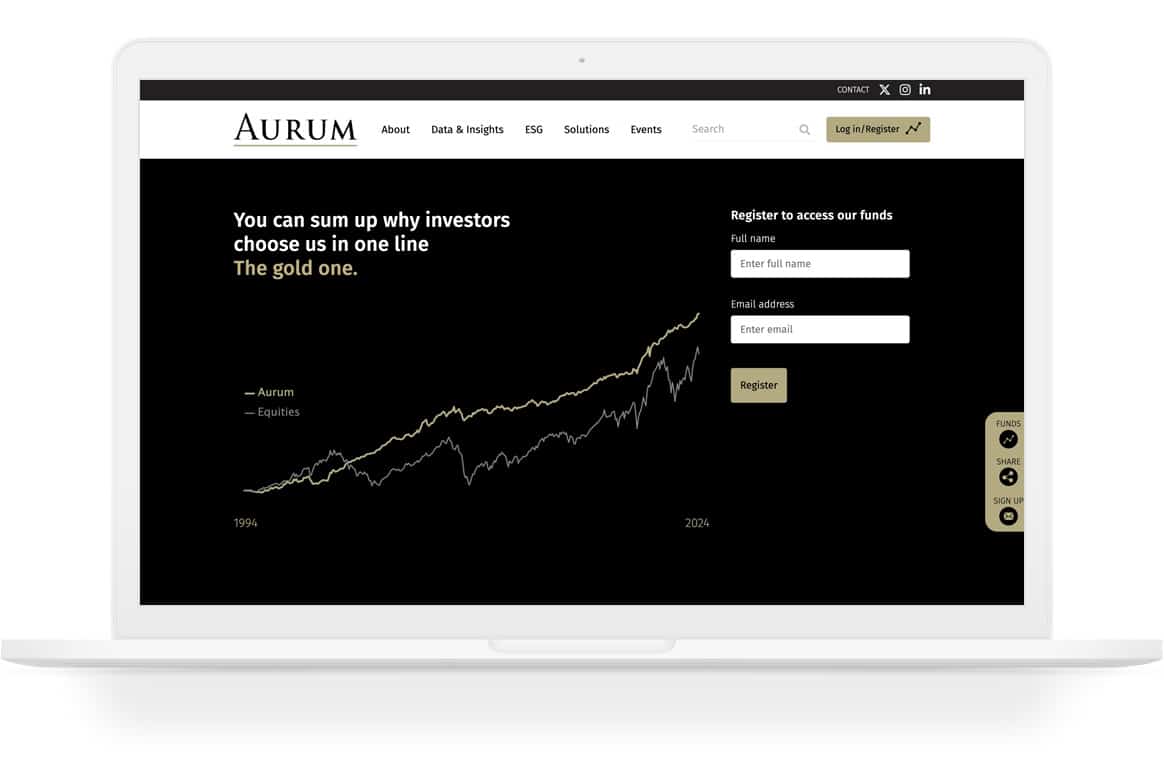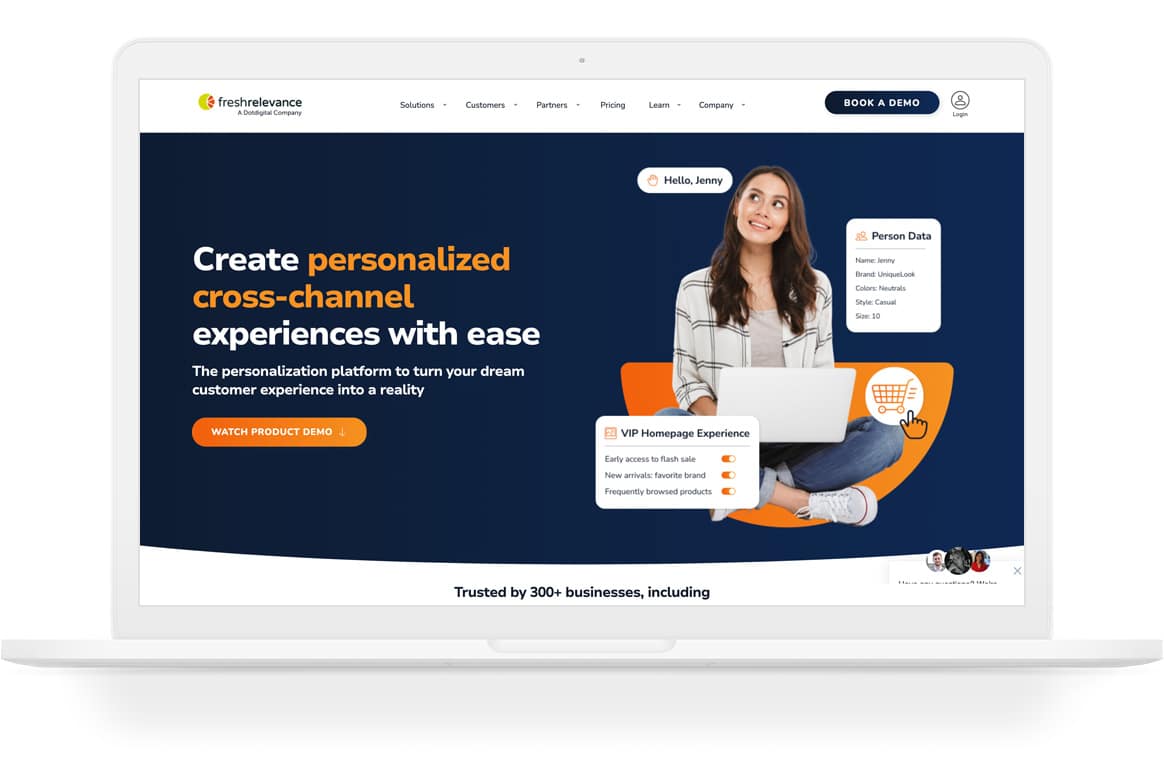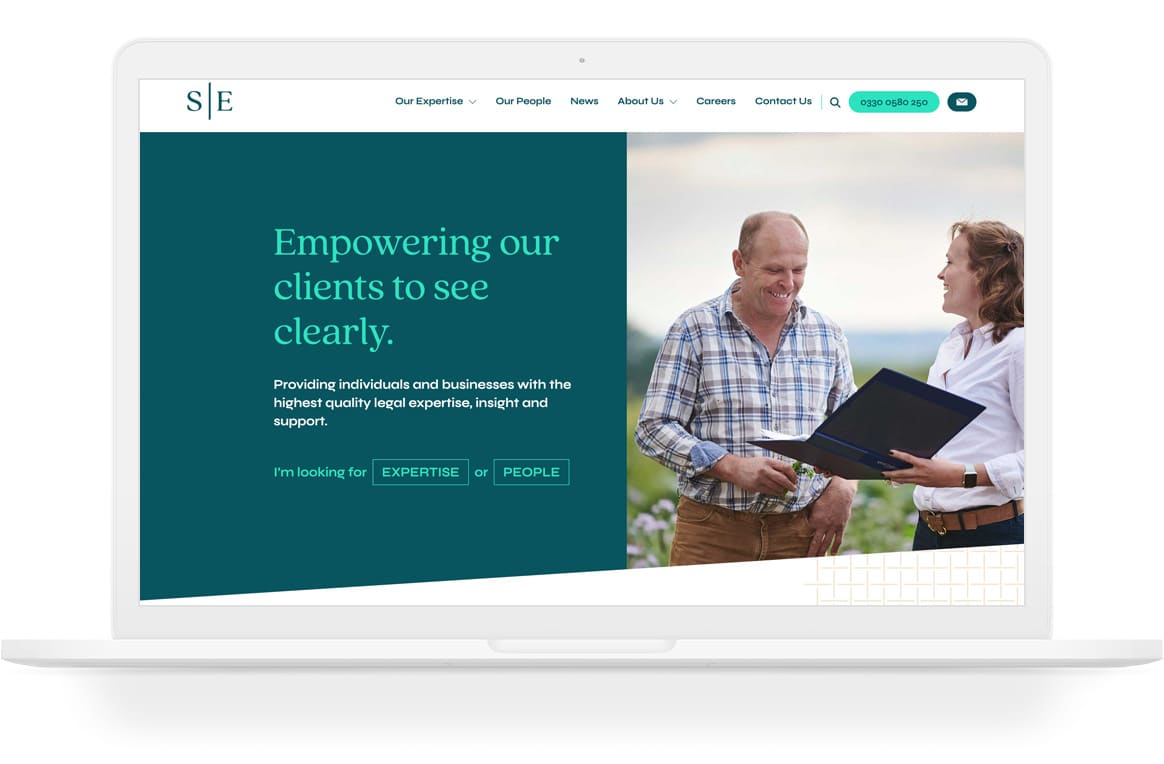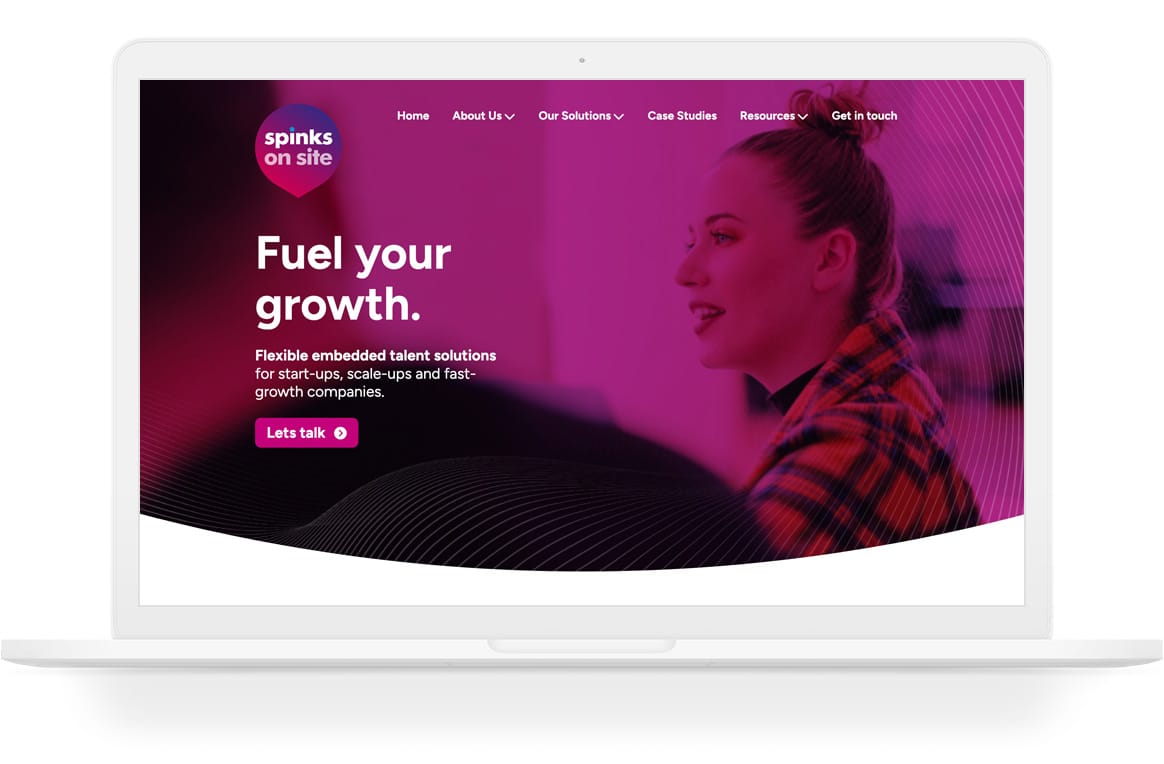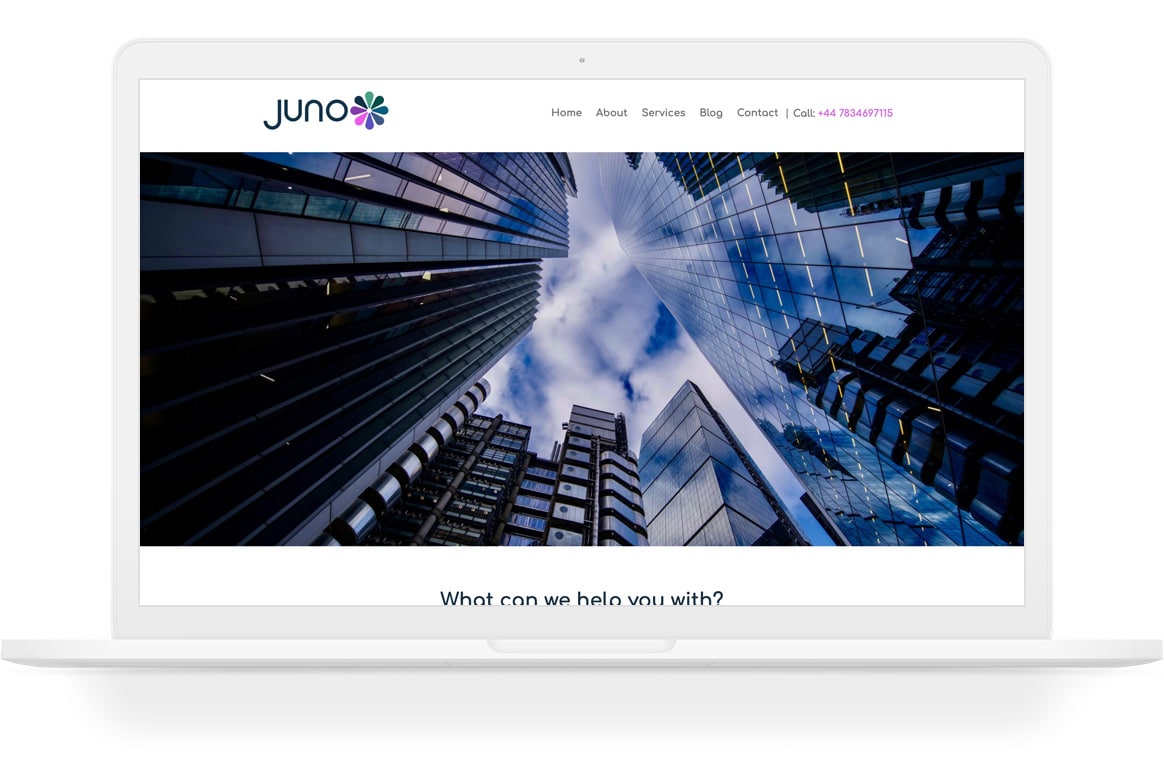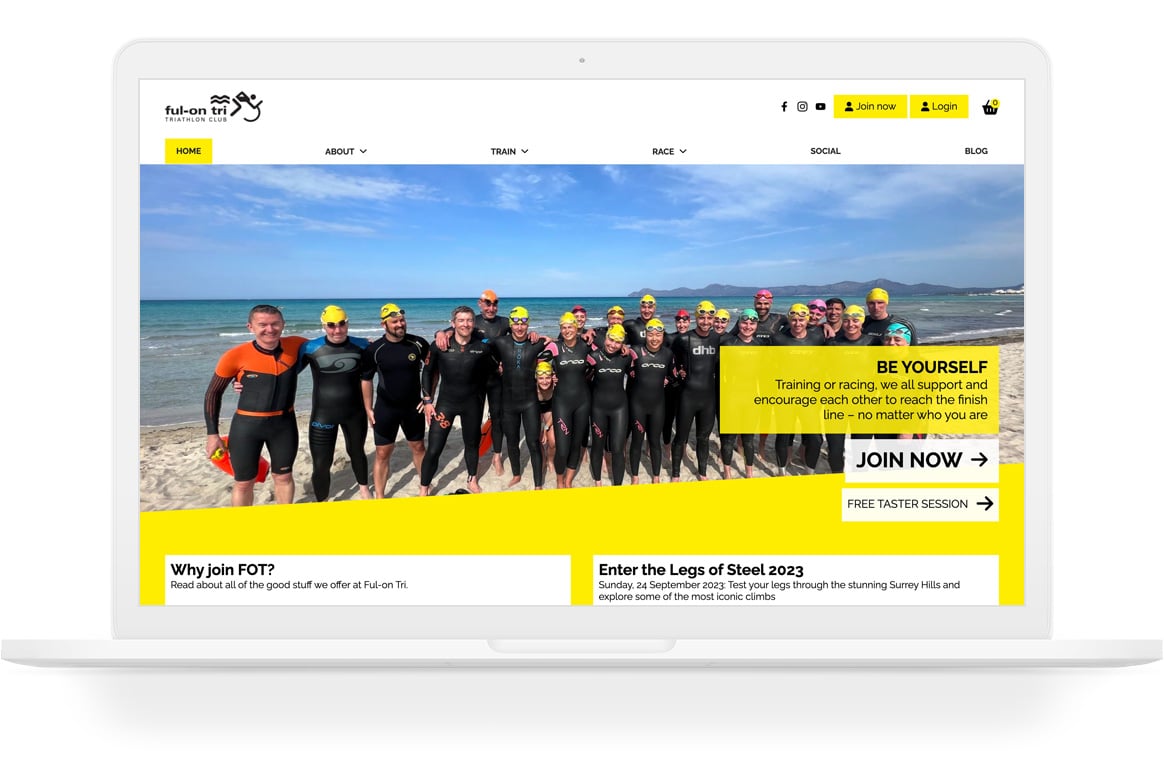
Every WordPress site we design and build is a custom WordPress development.
Brands serious about their websites don’t use off-the-shelf WordPress themes, and neither do agencies that know what they are doing. We design and build custom WordPress websites for clients who want their websites to do what they need and function as they require.
Book a free 30-minute consultation call
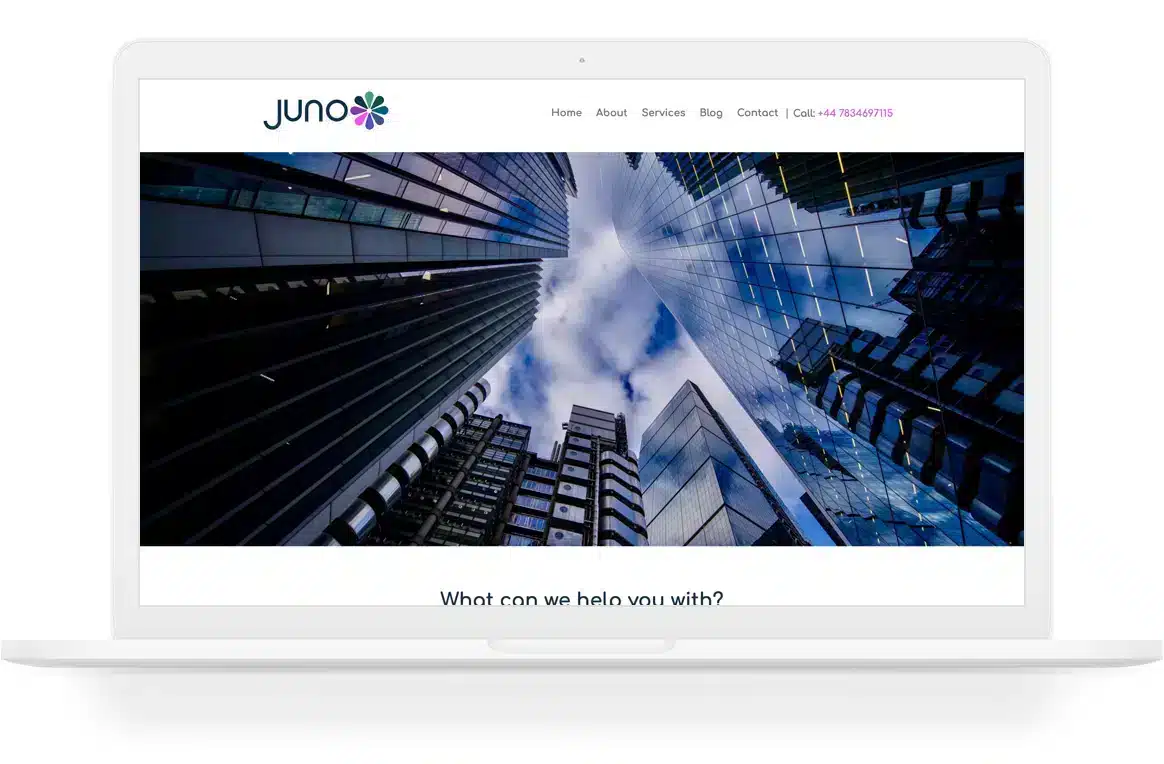
What is custom WordPress development?
A custom or bespoke WordPress development is a site that starts with very little code and is built to meet the demands of the brief.
Custom WordPress sites are often much leaner and faster than their counterparts and usually have bespoke functionality baked into the theme.
The specific functionality developed will depend on what the client wants to achieve from the site.
Custom WordPress development involves decoupling the content and the theme (templates).
View our custom WordPress portfolioWhy might you need custom WordPress development?
There are two main reasons for commissioning a custom WordPress build.
Firstly, and the most common, you simply don’t want to use an off-the-shelf theme that thousands of other sites use. These themes are overly reliant on Javascript, output excessive code and CSS, and can be very slow, which can negatively impact your SEO.
Secondly, you might need the site to do stuff that can’t easily be achieved using plugins. If your business needs the site to talk to other apps or provide custom reporting (for example) then you will need custom WordPress development to achieve this.
Standard vs Custom WordPress development.
There are significant differences between standard and custom WordPress development.
We’ve highlighted these below so you can compare what might be the best route for your website project.
Standard WordPress development.
Out-of-the-box, WordPress works on a theme, the default of which is usually the most recent WordPress.com theme.
This theme is designed to work with the Gutenberg block editor (and all that encompasses) and it built so that non-coders can add blocks to pages, arrange content, play around with the styling and create their own pages.
There are also blocks that loop through posts, show testimonials, etc.
Standard WordPress development involves using these tools (or adding a page builder plugin) to allow the site owner to tinker with content and design endlessly.
This approach has one key problem. The standard WordPress theme has to try to cover everything the site owner might want to do with their site.
This means hundreds of options for blocks, styles, patterns, and so on, so there is a serious amount of code involved in making that happen.
This issue gets even more complex with off-the-shelf themes that you can buy at places like Theme Forest and Code Canyon.
Again, these themes have to try and market themselves to the widest possible audience, so they attempt to do everything and the kitchen sink.
The bottom line with standard WordPress development is that you are locked into what the theme can deliver.
Custom WordPress development.
Custom WordPress development is about starting with a completely empty theme and function set and then developing the site to achieve what you need it to.
This has obvious advantages over standard development as you get a website that delivers 100% of what you need and nothing that you don’t.
Bespoke WordPress sites only load the resources needed to render a page or accomplish a function, so they are lighter, quicker, and far easier to technically optimise.
As everything is built around your content rather than bending it into a standard site, they are also much easier to use and require far less developer intervention to manage the content on a day-to-day basis.
As your site grows and develops, its also much easier and cost-effective to add more content and functionality as needed.
On many standard WP sites, you may outgrow the theme capabilities, which can often mean a complete rebuild.
Custom WordPress development is closely linked to your business goals and objectives and can be designed to work with other apps you use via APIs.
It’s also far more scaleable than a standard WP site, which again means as your site grows in content, a custom build will scale to fit, with new functions or content blocks easily designed and created for your site.
The bottom line with custom WordPress is that you get what you need and a site that you won’t have to throw away two years down the line.
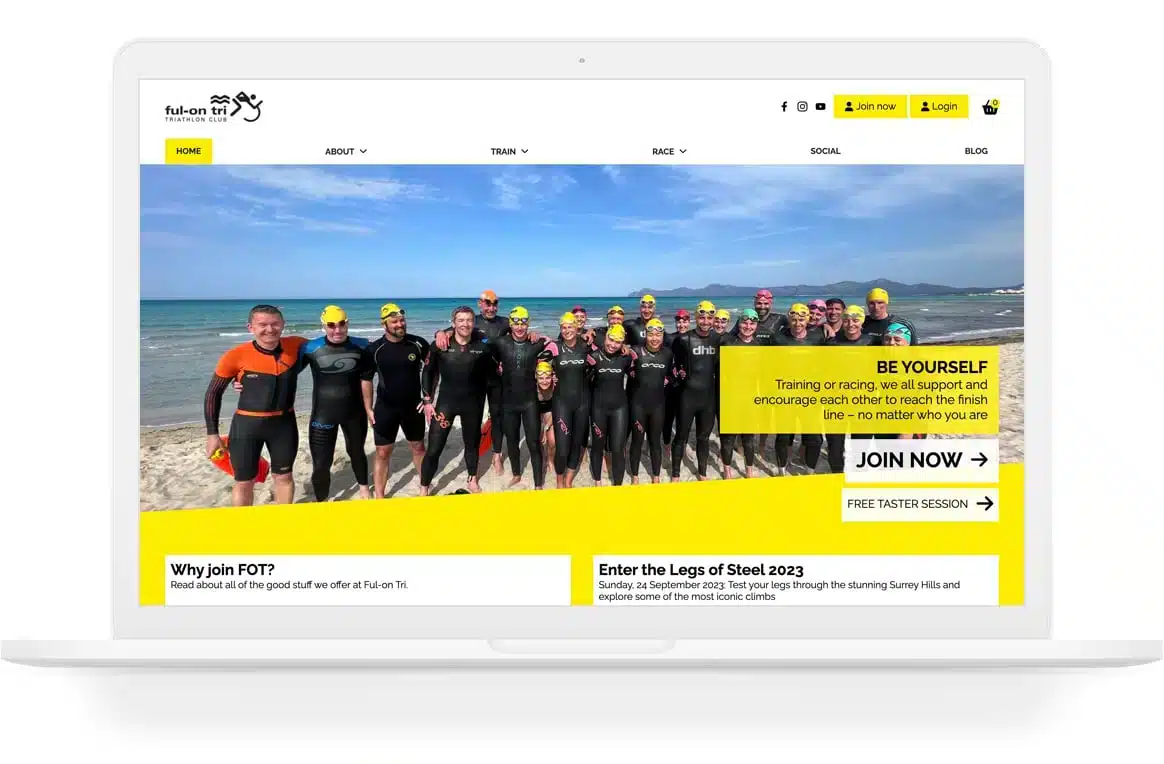
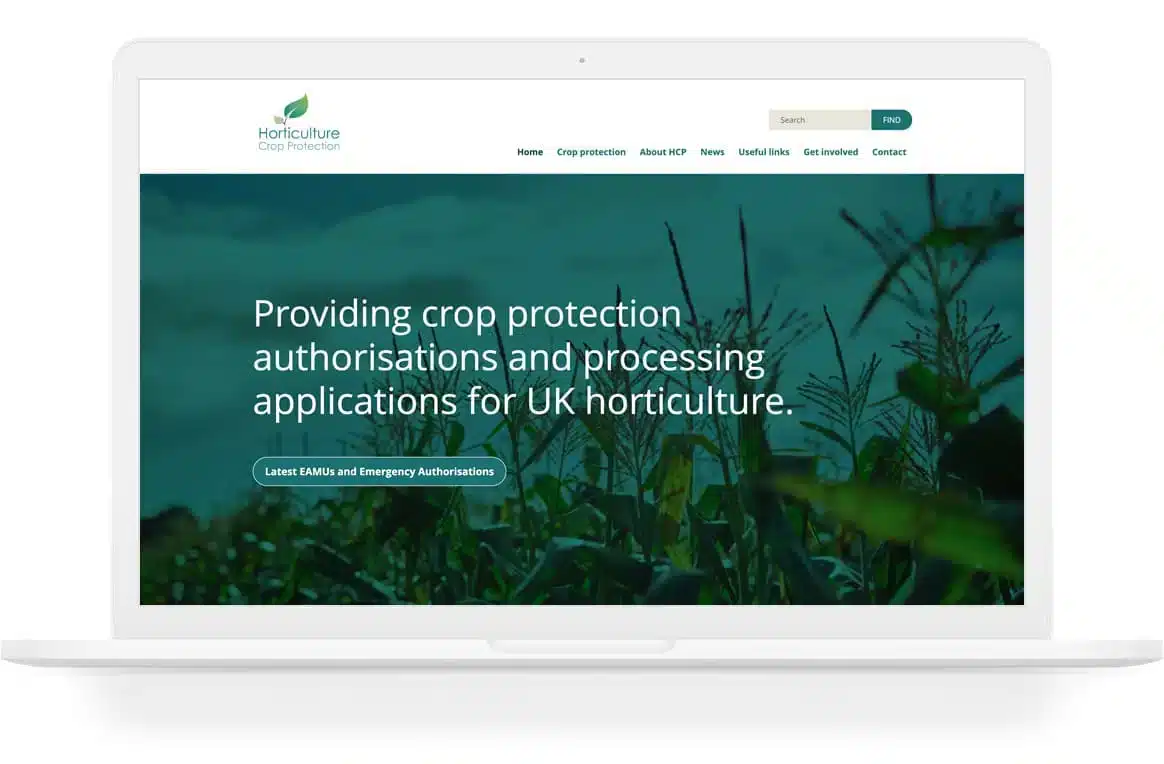
Custom WordPress development: it’s all we do.
We build custom WordPress sites for clients that want their websites to do what they need.
Something that many people do not realise about WordPress is that it is infinitely customisable.
Building the site on a custom theme means you can achieve any level of functionality and design for your website.
This means that you get a website that does exactly what you need it to do.
Get in touchCustom WordPress development: typical project stages.
Project planning.
This is the key stage to a successful custom WordPress site. The project’s planning will include the brief, which should set out the goals and objectives.
This stage also outlines all the key requirements for the site’s functionality, which we then map to functionality and plan how everything should work.
Scoping and mapping.
Briefs often outline the desired result rather than how to achieve it, so this stage picks up from the outlines in the brief and maps out the project’s how, what and why.
One good example of this is site content – specifically global site elements such as calls-to-action. How and where are these managed, for example?
Data planning.
This stage sets out not what everything will look like but how it will be arranged, where the data will be stored, what the dependencies are, what needs to be talked to, etc.
The last thing you want to do on a large website project is to assign content at the page level and then find, 100 pages later, that it should have been global.
Content.
We are a content-first agency, and there’s good reason.
It’s simply not possible to design a website without content; it’s like baking a cake without any ingredients.
Getting the content sorted for your new site helps every other stage of the project.
Wireframing.
Once we have the content, the pages will be laid out as wireframes to represent the content hierarchy and information architecture.
Blocks are also wireframed at this stage so we can scope what is going on visually.
This stage typically goes through several rounds of feedback and discussion before we move on to the next stage.
Design.
Most people want to get to this stage as it’s where the site starts to come together.
We don’t proceed with design until the planning and content are in place. Otherwise, we end up with a design that neither suits content nor functionality requirements.
You’ll know this dance if you’ve been involved in design projects: Design > Feedback > Amend/Develop > Feedback > Rinse & Repeat.
Build.
There is too much to cover in full here, but typically, this starts with the headers and footers and their respective navigation items.
The main content elements are built in block form for modular page builds.
The leaner the better is key when it comes to code, and we generally build mobile-first (as that’s the way Google indexes your site).
Content population.
As the build progresses, the content is added to the site. We prefer to do this in sections; everything is managed on a spreadsheet to keep things organised.
We have people at Toast who manage this process, so it’s all looked after and done correctly.
It’s not just a copy-and-paste process, as the final content load often involves block and design tweaks and potential functional considerations.
Functionality.
In most cases, we need the content to build the specified custom functionality into the site (you can’t build a shop without products). This is often where the clever stuff happens.
Some custom functionality will be built into the theme; if there is more complex stuff, we may build it out as a bespoke plugin.
This will take its lead from the planning stages.
We do this function-by-function so stuff can be checked, tested and approved in stages rather than trying to do everything at once.
Testing.
Everything is checked, tested, then tested and checked again.
We go through all the work and peer-check it; we test it, you test it, and we get fresh eyes on the site to also test and check things.
Once everything is, you guessed it, tested, it’s then ready for final approval (our end and yours).
Snagging.
There’s little point in snagging unless everything is completed, so this is one of the final stages of the project.
Your site is loaded into our commenting tool, and you can mark up any final tweaks to the layouts, design, content and images.
This is the final preflight to go live, so we encourage clients to comment on everything (can you move that by 5 pixels and so on).
Go live.
WordPress makes this famously easy.
We pick up the site and move it from the development to the production environment (wherever possible).
We look after any DNS changes and SSL certificates and make sure the site works correctly.
Moving a WordPress site does not typically take long and minimises downtime.
Post-live checklist.
We have an extensive post-live checklist that takes in everything from checking forms are working to Google Search Console.
Currently running at around 50 checks, we make sure you new custom WordPress site is in tip-top shape, up-to-date and optimised.
Training.
Training sometimes happens pre-launch, but most clients prefer to get the site live first.
You’ll receive full training on using your new site, from editing the content to managing the custom functionality.
If everything is planned correctly at the start of the project, you will find your new site is so intuitive to use that little training is required.
Support and Handover.
Now that your new custom WordPress site is live, we offer two weeks of free support to cover any issues that might arise.
After this, we can discuss ongoing support options.
Once our invoices are paid, the site will be 100% yours: we don’t retain any ownership of the sites we build.
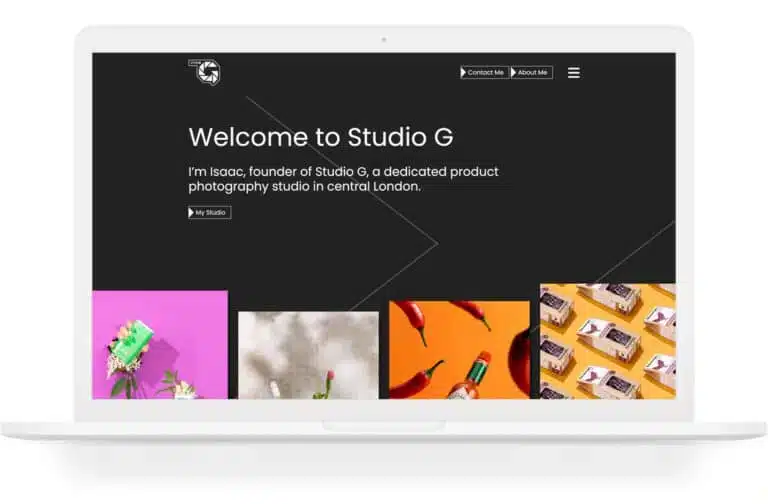
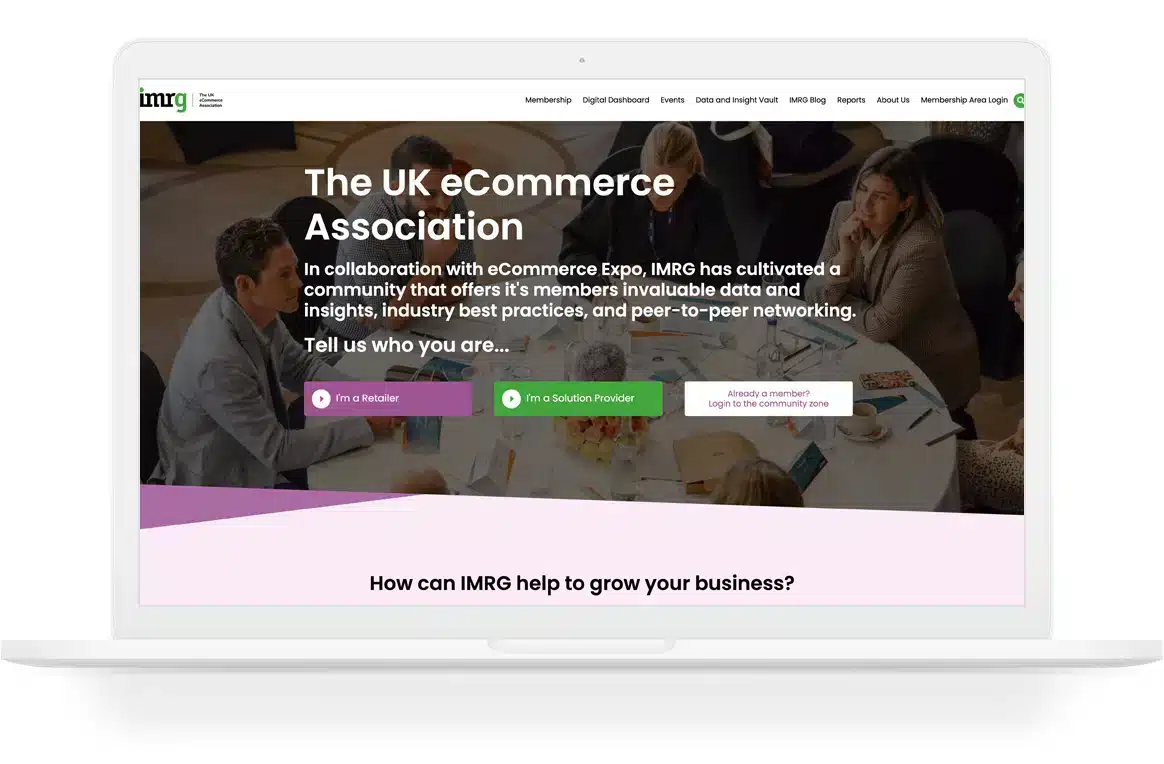
Some clients for whom we’ve developed custom WordPress sites.
Some of the benefits of Custom WordPress development.
Get what you want.
It sounds obvious, but custom WordPress work is the only way to truly create a site that does exactly what you need.
Save time, hassle and money.
You might think a cheaper off-the-shelf option is the way to go, but if you have to rebuild the site on a custom WordPress theme later, you will have wasted the initial site investment.
Get better content management.
Page builder plugins might seem like a good idea, but they are buggy, temperamental, and take an age to get right. Content teams want to focus on content, not endless style settings and other messing around to get content published.
Get a faster website.
It is probably one of the main reasons to go bespoke with your WordPress development.
If organic search listings are in your sights, a custom WordPress site can give you the edge with green lights across all of Google’s Page Speed tests.
Future-proof development.
We build all our sites around the WordPress codex, so even though it’s custom development work, it will not break as WordPress updates in the future.
What’s more, any WordPress developer who knows what they are doing can look at our code and understand it: it’s open and accessible.
Be different.
The standard off-the-shelf theme builds all use the same CSS and the same code. Your site will be unique and won’t share code with 1000s of other sites. We believe this can gain you some edge in the SERPs.

Book a consultation with Dave.
Dave is the MD at Toast and has been working on custom WordPress development for over 12 years. He is an expert in all things WordPress but currently works with clients to help plan and structure websites for organic SEO.
Book a free 30-minute call to discuss your requirements and how Toast can best help you.
